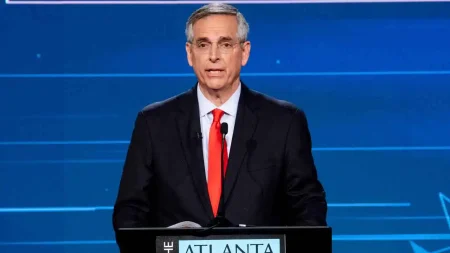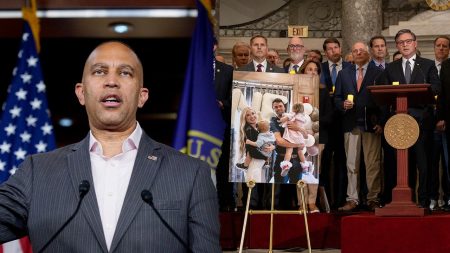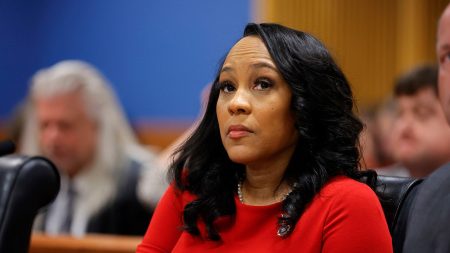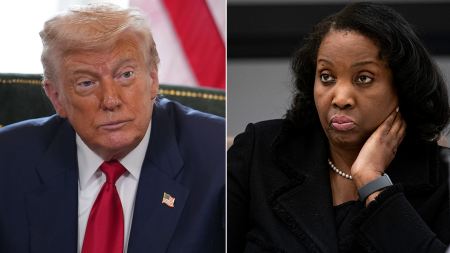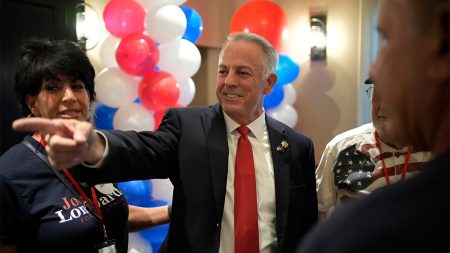The college admissions process this year has been marked by chaos due to delays in the federal financial aid process caused by a botched bureaucratic upgrade. The delays have left many high school seniors and current college students without aid packages from schools, making it difficult for them to plan for college expenses. The government’s attempt to streamline the FAFSA process has ironically led to these delays, leaving students and colleges in a state of limbo.
Katie Lobosco, a CNN reporter covering higher education, emphasizes the importance of the FAFSA in determining financial aid eligibility for college students. The delays in the FAFSA process have created a two-front student debt issue for the Biden administration, with some students potentially missing out on scholarships and grants or being forced to take on more student debt. Lobosco explains that the FAFSA process has been plagued with problems and glitches, impacting the submission and processing of financial aid forms.
As colleges and universities are behind schedule in providing financial aid award letters to applicants, many students are still waiting to receive information on how much college will cost them next year. The delay in aid letters has raised concerns for high school seniors who need to decide where to enroll by the usual deadline of May 1. Some schools have extended this deadline due to the FAFSA issues, but others have not, leaving students and families uncertain about their college plans.
The problems with the FAFSA process this year have led to concerns that low-income families may be most affected by the glitches and delays. The percentage of high school seniors submitting the FAFSA this year is significantly lower than in previous years, with a particularly sharp drop in submissions from lower-income and minority schools. The Biden administration has faced criticism for the FAFSA delays, with some attributing the issues to a lack of funding and prioritization of other student loan forgiveness policies.
Looking ahead, Lobosco anticipates a smoother FAFSA process next year as the Department of Education works to address the current issues. While the Biden administration has made efforts to provide debt relief for some borrowers, these measures do not directly address the challenges faced by students applying for financial aid. The complex nature of the financial aid system underscores the need for greater transparency and clarity in college costs for families and students.
In terms of long-term solutions to the student debt crisis, there is a lack of consensus in Congress on how to address the issue. Progressive proposals for free or subsidized college education clash with more conservative approaches like risk-sharing policies and limits on student borrowing. The debate over how to make college more affordable and reduce student debt remains ongoing, highlighting the need for innovative ideas and bipartisan cooperation to reform the higher education system.





